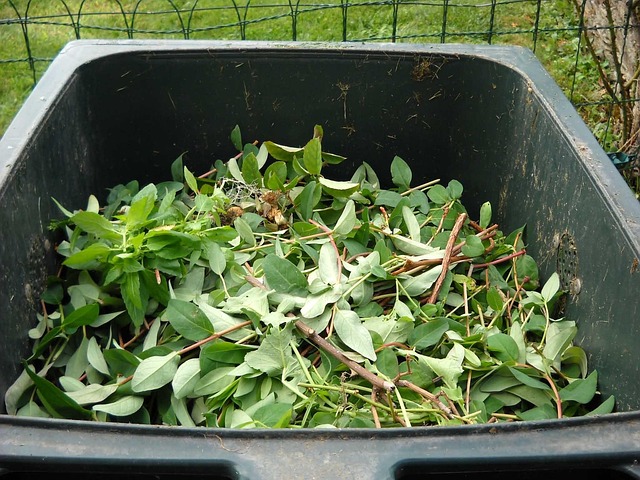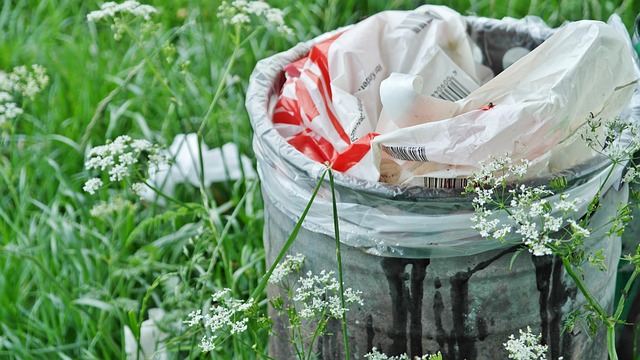In recent years, the movement towards sustainable living has gained significant momentum, encouraging us to rethink our relationship with the environment. One of the most impactful ways we can contribute to a healthier planet is through the use of green energy in gardens. By harnessing the power of nature, we can create eco-friendly gardens that not only thrive but also benefit the surrounding ecosystem.
Gardening has long been a cherished pastime, offering a way to connect with nature and cultivate beauty. However, as we face growing environmental concerns, the way we garden must also evolve. Embracing eco-friendly practices in our gardens means choosing techniques and materials that minimize harm and maximize sustainability.
One simple yet effective step is the implementation of renewable energy sources. Solar panels can power garden lights or water features, vastly reducing reliance on traditional electricity. This not only lowers your carbon footprint but also promotes an independent energy source, fostering resilience in your garden. Imagine walking through a serene garden illuminated by solar lights, while knowing that each glow is powered by the sun’s infinite energy.
Composting is another eco-friendly method that transforms kitchen waste into nutrient-rich soil. This practice not only reduces landfill contributions but also enhances soil health, supporting plants to flourish naturally. It’s a beautiful cycle of giving back to nature—turning what would have been waste into a powerhouse of nutrients that feeds your garden.
Water conservation techniques are also pivotal when discussing green gardening. Rainwater harvesting systems can collect and store rain from rooftops, providing a sustainable water source for your plants. This not only conserves water but also reduces your gardening costs, making it an easier decision to switch gears towards an eco-friendly approach.
Moreover, incorporating native plants into your landscape is a fantastic way to embrace the beauty of your local environment. Native plants require less water and are more resilient to local pests, reducing the need for chemical interventions. They also provide essential habitats for local wildlife, turning your garden into a thriving ecosystem. Imagine a sanctuary alive with birds, butterflies, and beneficial insects, all thriving in the lush greenery that reflects the beauty of your local landscape.
Additionally, the use of organic fertilizers and pest management techniques aligns seamlessly with green gardening principles. By nurturing the ecosystem within your garden, you contribute to a balanced environment where plants and wildlife can coexist harmoniously. This approach illustrates the importance of working with nature rather than against it—creating a garden that not only looks beautiful but feels alive.
Incorporating the use of green energy in gardens doesn’t just enhance the aesthetic appeal—it symbolizes a commitment to environmental consciousness. Each decision made in your gardening practice, from energy sources to plant selection, reflects a larger narrative of sustainability. As we strive for greener living, our gardens can become a testament to our dedication to harmonizing with the natural world.
Ultimately, eco-friendly gardening isn’t just about growing plants; it’s about cultivating a mindset that values the interconnectedness of all living things. By embracing green practices in our gardens, we foster a relationship with nature that encourages growth, sustainability, and renewal. As you dig into the soil and plant seeds this season, remember that every eco-friendly choice translates to a brighter, more sustainable future for our planet.




